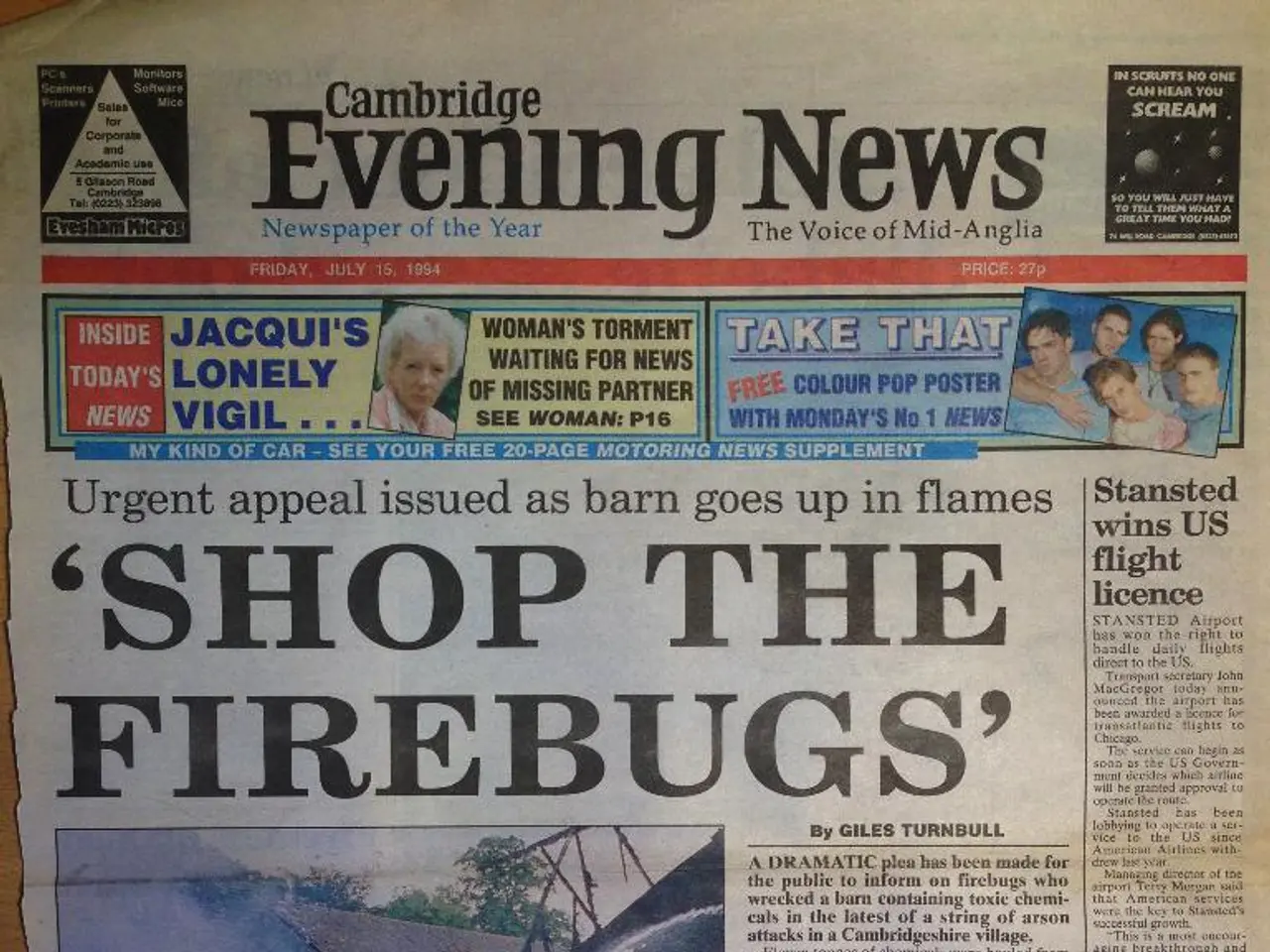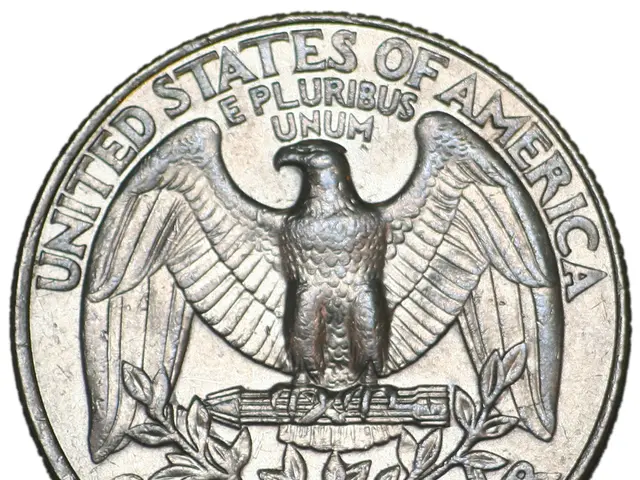Condé Nast's Elevated Era as detailed by Michael Grynbaum
In the heart of Manhattan, Conde Nast's magazine issues were more than just pages filled with ink. They were engines of cultural production, showcasing Hollywood royalty, actual monarchs, and self-made pretenders alike. This was the ultimate expression of the Manhattan elite that Donald Trump yearned to join.
Si Newhouse took over as chairman of Conde Nast in 1975, when the company was a mid-tier magazine house. Under his leadership, Conde Nast expanded its portfolio significantly. He acquired GQ, Tatler, Bon Appétit, and Architectural Digest; launched hits like Allure, SELF, and Condé Nast Traveler; and took his publications to the international market.
Conde Nast's magazines mirrored and drove the trend in the culture of wealth becoming something people openly wanted to talk about and show off. The high-low mix of stories seemed scandalous at the time but is common today. Tina Brown's first issue of Vanity Fair in 1984 was a perfect example, offering a unique mix of edifying, titillating, entertaining, educating, and novel content, a full-course meal for the reader.
Editors at Conde Nast enjoyed luxurious perks, such as twenty-four-hour chauffeurs and stays at five-star hotels for weeks on reporting trips. Yet, the opulence projected by Conde Nast's magazines was more than just a lavish lifestyle. It was a business decision to attract readers and advertisers.
After the 2008 financial crash, cultural attitudes towards the wealthy shifted significantly, making it difficult for Conde Nast to adapt. The rise of the internet and smartphones were real factors in the decline of print media and Conde Nast's power. The early days of Vanity Fair under Tina Brown preceded the media culture today, where on your phone you scroll from one subculture to the next.
Despite these challenges, Conde Nast continues to struggle, to some degree, in the more democratic media culture today. Tina Brown stated that reading everything online is boring and uncalibrated, and there is still a need for gatekeepers in the media. Newhouse himself played this role, persuading Trump to sign a book deal after a successful profile in GQ magazine.
One of the most iconic moments in Conde Nast's history is the visit of Donald Trump to the offices in 2016, after being elected president. Trump visited only two media organizations in person: the New York Times and Conde Nast. There are amazing photographs of the book party at Trump Tower, where Newhouse is proudly standing beside Trump with the waterfall behind them. Trump appeared often in the pages of Conde Nast magazines, such as proposing to Melania on the red carpet at the Met Gala.
In the end, Conde Nast was, and still is, a reflection of its era. The ideal editor in chief for Newhouse was a curator of culture, often referred to as influencers before influencers. Newhouse hired Tina Turner to revive Vanity Fair in 1984, purchased The New Yorker in 1985, and named Anna Wintour editor of Vogue in 1988. It was Si Newhouse who came up with the idea for The Art of the Deal, the book that catapulted Donald Trump to national fame.
In the ever-evolving landscape of media, Conde Nast continues to play a significant role, shaping and being shaped by the culture it represents.
Read also:
- Duty on cotton imported into India remains unchanged, as U.S. tariffs escalate to their most severe levels yet
- Steak 'n Shake CEO's supposed poor leadership criticism sparks retaliation from Cracker Barrel, accusing him of self-interest
- Hydrogen Energy: Sustainable Innovation or Resource Exploitation?
- Dim outlook for a major energy corporation







